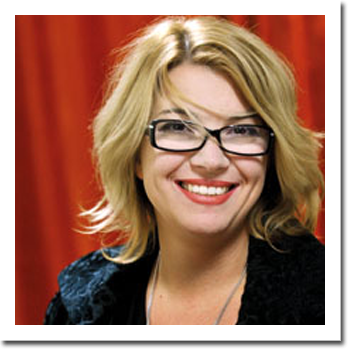
We, like many other parents, received baby books as presents upon the arrival of our two sons. Baby's first year, memories for life was written on one of them. This well-intentioned gift almost made me cry.
We became parents to two boys in the period of fourteen days. Our older son is adopted from Africa and is currently ten months old. His first photo in dirty yellow flannel pajamas was taken in a dark room in an orphanage. The only data we have on him up until the ninth month consist of his vaccination records. He missed out on the first forty-seven pages of the baby book. Luckily, we were at least able to document his first tooth and the first birthday.
The younger son was born three months premature. I doubt it very much that he’ll ever want to open a baby book in order to see his first photo in an incubator with eight tubes and the alarm machine that goes off if you forget to breathe.
Our first family photo was taken by a nurse on duty who had to thoroughly disinfect her hands after taking it. The photo consists of us three standing around the incubator in the intensive care unit for premature infants.
All this talk of diversity and treating children as individuals remains theoretical. In practice, however, we still follow the common and mainstream way. Typified memories of families, perceived as ideal, prevail: mother, father, two children and a dog in the front yard, accompanied by two pairs of grandparents. What about the single-parent families? Unmarried parents? Mothers who keep their last name? Or people like us who have two grandfathers and four grandmothers? What about same-sex families? Or families with many children? And families who have children with special needs? Or bilingual families? How about racially or culturally diverse families? Perhaps we decided not to talk about it on the referendum on Slovenian family law in 2012; however, children won’t cease to exist and grow up in these types of families despite pushing the subject aside.
I always resort to books when I find myself in distress or in a dilemma, which is why I began to research the field of adoption. I only found one scientific study on the topic in Slovene , a few master's degrees and doctoral dissertations, one picture book, a children's book about the different types of families and the first baby book for adopted children Our very first 1095 steps by Katarina Tomšič.
This is a wonderful book that supports and confirms the existence of different concepts of family life. It is made from personal experience and deep understanding of the need to "normally” integrate. The book provides my children with the opportunity to have their own version of memories. It gives the power to memorize key moments in an individual way which allows diversity among children, their upbringing, childhood and families. On the other hand it demolishes, normalizes and shows that same diversity in a positive light.
Katarina took it a step even further and developed a bilingual interactive baby book application for adopted children and an interactive baby book application at birth. That way she made the book accessible to all families outside of Slovenia. It wasn’t possible to print ten different versions of the book but this new technology enabled Katarina to develop her project in this direction.
The applications Our very first 1095 steps and Our very first 367 steps, united in the project Tody's Baby Book by Katarina Tomšič, are a step in the transition from words to action on the subject of recognizing diversity.
Ivana Djilas, mother